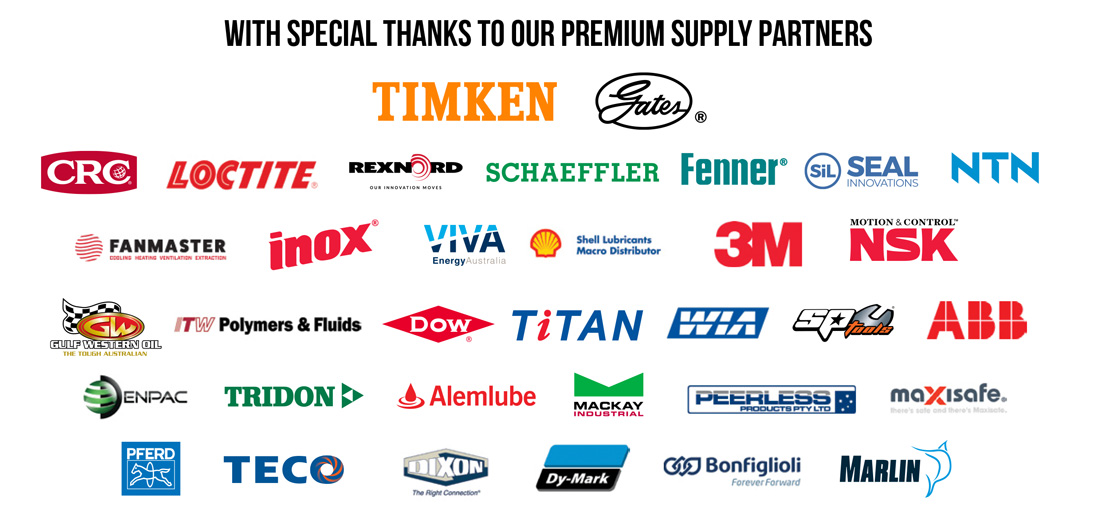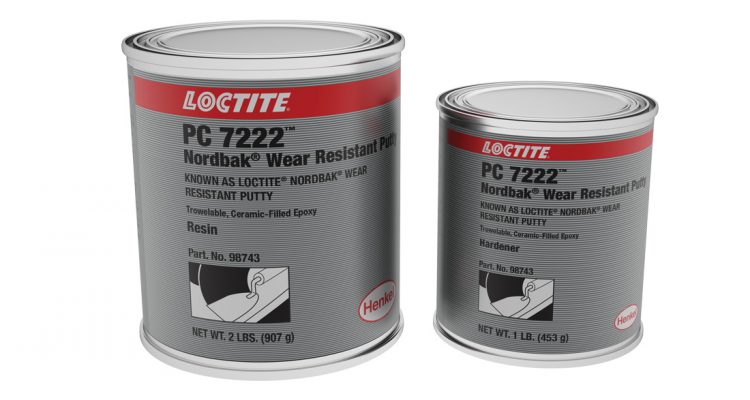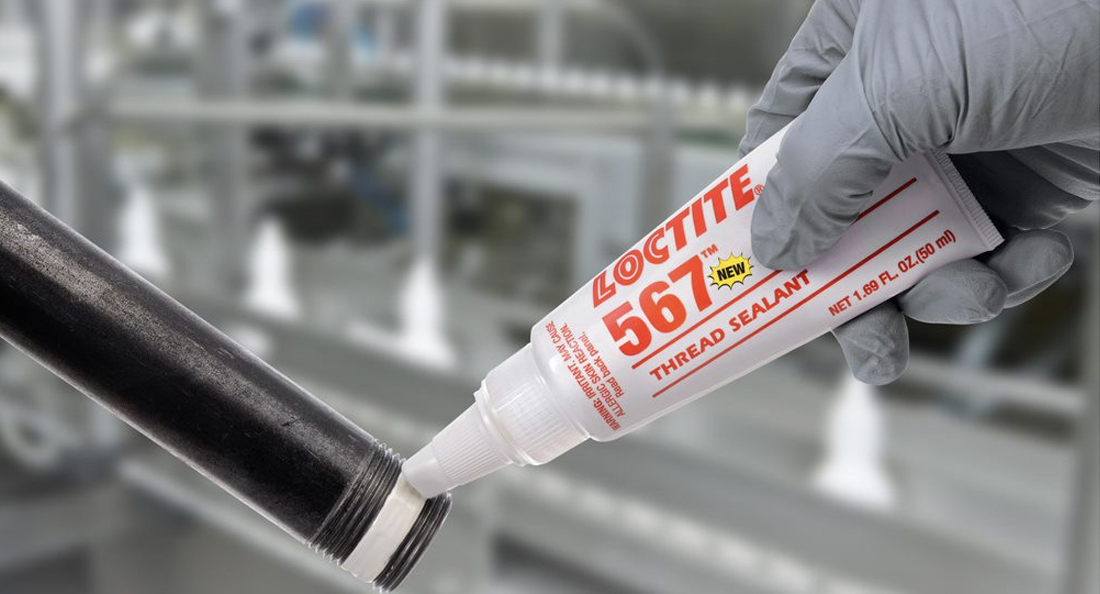When asked about the Dasma Group’s mission, Managing Director Eden DiSipio says: “Our mission is to be the leading service provider in environmental and industrial cleaning and abrasive blasting and to provide these services with the best
safety approach.”
Founded in 1969 by Eden’s grandfather, Fred DiSipio, the original Dasma company began by providing protective coating and construction services to clients located in the Latrobe Valley region of Victoria, Australia. Alfie DiSipio, Fred’s son, joined the business in 1978 and brought a new generational approach to doing business.
Now a third-generation Australian business, the Dasma Group consolidates two separate businesses – Dasma Services and Dasma Environmental – under one family ownership, making the company a key player in industrial maintenance and cleaning. The Dasma Group currently hires 69 employees, bringing together a wide range of expertise in industrial coating, material recycling and industrial cleaning.
As part of their metal repair services, Eden says the Dasma Group rely heavily on LOCTITE® products in their day-to-day repairs of pumps for water boards, power stations and mills. The CBC Traralgon branch ensures that the Dasma Group have regular access to their requirements for LOCTITE products, whenever and wherever they need them.
“When we first tried some samples of LOCTITE products, we found their performance to be much better than competitor products on the market. Since then, we have been exclusively using LOCTITE’s products, such as the PC 7222 wear resistant putty, the PC 7255 sprayable ceramic and the EA 3478 superior metal, for everything from repairing damaged surfaces to improving abrasion resistance to mill surfaces,” says Eden.
“CBC Traralgon has been instrumental in supplying us with the wide range of LOCTITE wearing range products, as well as with our other industrial requirements such as bearings, housings and lubricants. We quite enjoy working with CBC as they are always ready to go out of their way to assist us with information and product supply, irrespective of whether we need just one or a thousand units of the LOCTITE product,” he adds.
Sharing some of his experience in the area of metal surface repair, Eden says surface preparation is the most important step in the process.
“The most important thing in metal repair is surface preparation. When we repair internal or external metal surfaces that are heavily pitted, it sometimes takes multiple rounds of blasting to remove the corrosions from the surface before moving on to the repair. Also, you should make sure the substrate has no contaminants before you apply any repair product. Always refer to the product datasheet to make sure you are using the appropriate product for the application and that the substrate temperature and outside temperature are suitable for curing. If any of those steps are neglected, the protective coating has a great chance of failure,” says Eden.
Interestingly, those are similar guidelines as recommended by Graeme McDonald, Technical Service Engineer at Henkel Australia.
Graeme, who oversees all of Henkel Australia’s technical training and certification programmes as part of his responsibilities, says it’s surprising how many people use the wrong wear product, which leads to unsatisfactory results.
“Just to give an overview, the PC 7222 wear resistant putty has a high wear
factor and it’s primarily used for re-building worn and uneven surfaces inside the pump or to re-build the surface profile. Because of the high ceramic content, this product has very high abrasion resistance. The PC 7255 sprayable ceramic is primarily intended for repairing the inside surfaces of pumps but it can also be used on external damaged surfaces as a filler.
“On the other hand, the EA 3478 superior metal has very high compressive resistance but less wear resistance compared to the previous two products. We mainly promote this product as a shaft repair epoxy for its high compressive resistance but if you use it as a repair epoxy, you cannot expect the same abrasive resistance as with PC 7222,” says Graeme.
Graeme’s recommendation, therefore, is to always consult experts from either CBC or Henkel Australia before choosing the best abrasion resistant or repair product, and to work with certified LOCTITE applicators like the Dasma Group for specialised applications.
“This year, we are running a new programme where we are taking select dedicated Loctite applicators across Australia through an official training in Melbourne so that they will all be certified and qualified to understand the end-user’s requirements. These certificates will need to be renewed each year as we take the applicators through a re-training and update them on the latest products,” says Graeme.
As for the Dasma Group, Eden says the company has its eyes set on deepening stakeholder relationships in the industry.
“We have a very highly experienced and dedicated team of staff with very low turnaround time. We like to think that all of our stakeholders, whether it be customers, clients or suppliers, feel part of our team and that we can all grow together. Long term relationships are important for us. We are not here just for today; we are here for tomorrow.”
Eddie’s Hot Tip:
• Always refer to the product safety datasheet and use
the right PPE.
• The most important thing in metal repair is surface preparation.
• Make sure the substrate has no contaminants before you apply any repair product.
• Make sure the substrate temperature and outside temperature are suitable for curing.




